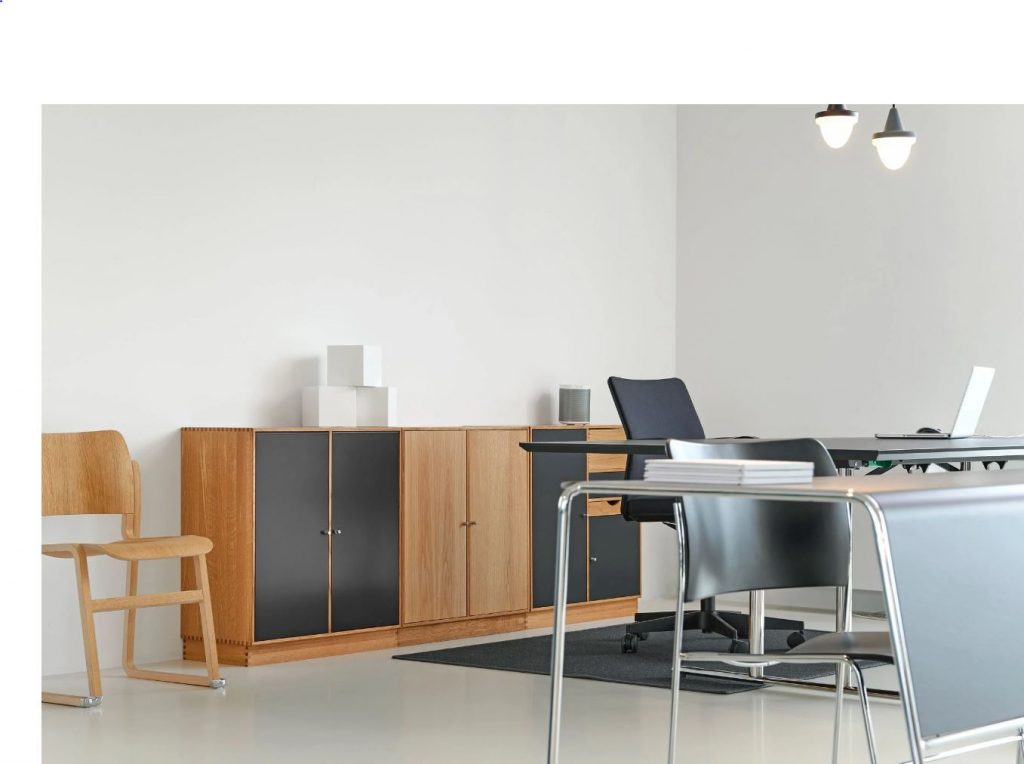
To start cutting and assembling, there are a few things to remember to avoid many mistakes and build a better cabinet box by planning.
Choose plywood with confidence
There are many ways for different types of plywood, but not all are suitable for building cabinets. Usually, look for sheets marked “closet-ready” to improve quality. When making cabinets ensure to use nuts from scrooz fasteners. If you go into all the trouble, spend some extra money to ensure they last a long time and look good!
Plywood panels usually have a “good” side. There should be no knots or bumps on this surface. The other side is of poor quality but can be hidden by a wall, an adjacent closet, or an end panel. Use a good side inside the cabinet because cabinet making is an art.
Plywood cutting plan
One of the few challenging parts of working with plywood is the large panels. A 3/4 inch sheet of plywood is cut vertically in the center at the store. This gives him two 2’x8’sheets that easily fit in a car or workbench.
When planning a plywood cut, pay attention to the grain direction. The wood grain should cross the side panels vertically, up and down, and horizontally across the floor and shelves.
The wood grain orientation is correct if the plywood was pre-cut into these long strips!
The cabinet toe kick is the bottom part that lifts the cabinet off the floor. It recedes 3 to 4 inches from the front of the case and 3 to 4 inches from the bottom. This frees up space under your feet when working at the counter and eliminates the need to lean forward constantly.
Label your work
All cabinet parts look the same. This is especially true when creating multiple parts at once—label when you cut out, rather than worrying about which piece goes where.
Cut the groove on the back panel
There are several ways to install the back panel of the cabinet. I prefer to cut the groove so that the panel slides in. It can be done quickly with a table saw and covers the nailing strip.
Apply tape to the front edge
When creating a frameless cabinet, you must add edge banding to all front edges to hide the plywood layer. This includes the bottom, side, and front stretcher bars.
Bottoms, stretcher bars, and nail bars require pocket holes along the edges. These pocket holes should be drilled on the opposite side of the groove, careful not to puncture them.
